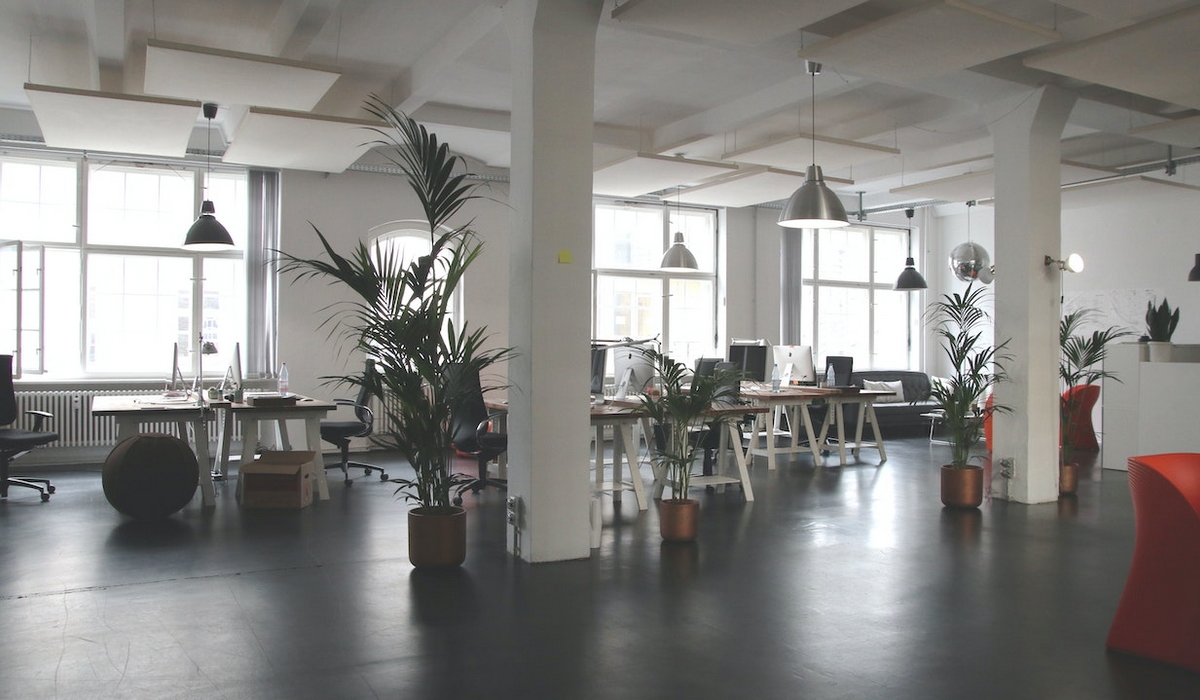
Introduction
As the world shifts towards more eco-conscious building practices, it’s no surprise that concrete flooring plays a pivotal role in LEED and energy-efficient building design.
A sustainable and high-performance material, concrete offers numerous benefits for builders and architects alike. In this blog post, we will explore why concrete floors are essential in achieving LEED certification, and their contributions to energy efficiency. We will also highlight how they can lower costs while promoting environmental sustainability.
Key Takeaways
- Concrete flooring is a sustainable building material that supports local industries, lowers environmental impact, and has an impressive lifespan, making it ideal for eco-conscious construction projects.
- Incorporating concrete flooring in LEED-certified buildings contributes to obtaining valuable certification points while reducing operational costs by optimizing energy performance and improving indoor air quality.
- Compared to other building materials, concrete offers superior durability, thermal mass properties, low maintenance requirements, and VOC-free composition, making it the optimal choice for long-lasting infrastructure investments contributing to a more significant overall sustainability picture.
The Importance Of Concrete Flooring In LEED And Energy-Efficient Building Design
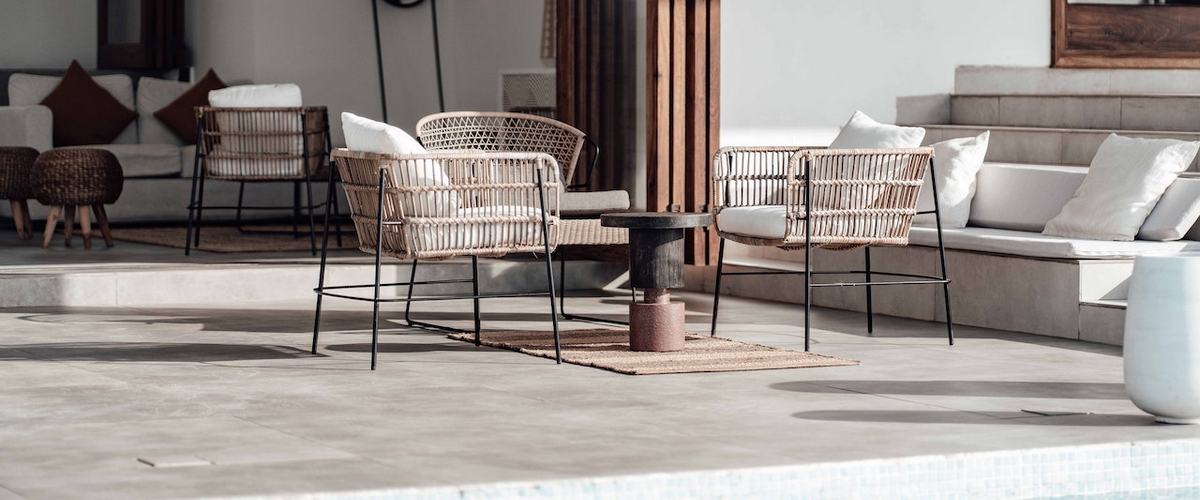
Concrete flooring is crucial in achieving LEED certification and energy-efficient building design as it is considered one of the most sustainable building materials.
Sustainable Building Material
The sustainable nature of concrete makes it an ideal choice for eco-conscious business owners planning their next construction project. Composed primarily of natural and locally available materials, such as limestone, clay, and sand, concrete is a cost-effective option that lowers the environmental impact and supports local industries.
One notable example of sustainable building material would be incorporating acid-stained or decorative concrete in your design – this adds an aesthetic appeal and utilizes recycled materials like glass aggregate to create eye-catching patterns on the surface.
Moreover, since concrete floors can easily integrate with passive solar heating systems or cooling strategies due to their impressive thermal mass properties, they help optimize energy efficiency within LEED-certified buildings.
Contributes To LEED Certification
Incorporating concrete flooring in your next company construction project can significantly contribute to obtaining the prestigious LEED certification, internationally recognized as an essential credential for sustainable and energy-efficient buildings.
As a highly versatile and environmentally friendly material, concrete is crucial in fulfilling various requirements to achieve different LEED certification levels.
Moreover, when applied within an integrative design process to reduce environmental impact and enhance overall building performance, concrete flooring can help save on operational costs while meeting strict green building standards.
One excellent example is the innovative use of acid-stained and decorative concrete floors that add visual appeal and bolster sustainability goals by gaining valuable points toward achieving higher levels of LEED certification.
Performs Well Compared To Other Building Materials
Concrete flooring outperforms many other building materials regarding sustainability, durability, and energy efficiency. As a result, it has become progressively popular among forward-thinking architects and builders who prioritize sustainable construction practices.
Moreover, the thermal mass properties of concrete allow it to absorb and retain heat during cooler periods while releasing built-up warmth during hotter times—a significant advantage for buildings that aim to meet Net Zero standards.
This innate temperature-regulating quality helps reduce reliance on air conditioning and heating systems, translating into lower operational costs and reduced environmental impact.
Polished concrete flooring does not emit volatile organic compounds (VOCs), harming indoor air quality and occupant health.
How Concrete Flooring Contributes To LEED Credits
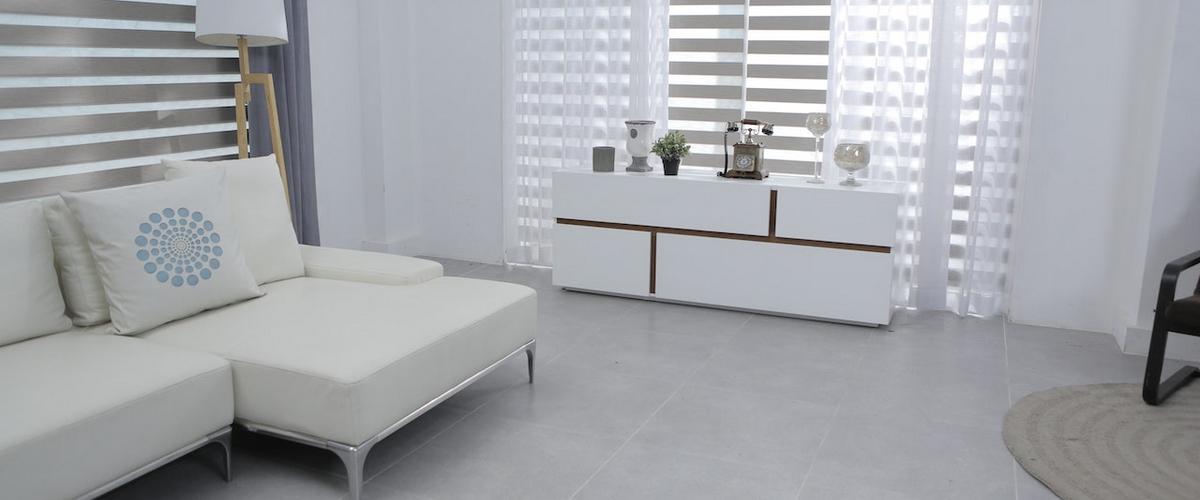
Concrete flooring contributes to LEED credits by redeveloping polluted sites (Sustainable Sites Credit 3), optimizing energy performance (Energy and Atmosphere Credit 1), and improving indoor environmental quality.
Redevelopment Of Polluted Sites (Sustainable Sites Credit 3)
Concrete flooring is essential in redeveloping polluted sites, part of Sustainable Sites Credit 3 for LEED certification. Using concrete flooring helps reduce the environmental impact and restore ecosystems by not releasing harmful chemicals into the soil.
Redeveloping contaminated land revitalizes abandoned areas and reduces urban sprawl while promoting sustainable community development through transparent planning. Concrete floors are also cost-effective over time since they require minimal maintenance, making them a long-term investment in sustainable building design that contributes significantly to achieving LEED certification levels and meeting energy performance standards.
In conclusion, concrete flooring offers numerous benefits for those looking to incorporate energy-efficient building design into their construction projects while reducing environmental impacts.
By using materials such as polished or acid-stained decorative concrete floors with thermal insulation properties, companies can take advantage of the many advantages offered by this low-emitting, renewable resource in construction.
Optimizing Energy Performance (Energy And Atmosphere Credit 1)
Incorporating concrete flooring into your building design can significantly optimize energy performance, essential for achieving LEED certification.
The material’s thermal properties allow it to absorb and store heat, helping maintain stable indoor temperatures and reducing the need for mechanical heating and cooling systems.
Additionally, polished concrete flooring reflects light well, reducing the amount of artificial lighting needed during daylight hours. Studies have shown that buildings with proper insulation using materials like polished concrete reduced heating energy consumption by up to 50%.
Indoor Environmental Quality (IEQ)
Concrete flooring plays a significant role in improving Indoor Environmental Quality (IEQ) in buildings. Unlike traditional carpeting, which can trap dust, allergens, and pollutants, concrete is non-porous and easy to clean.
This makes it an excellent choice for minimizing indoor air pollution. Concrete also has low volatile organic compound (VOC) emissions compared to other flooring materials, making it ideal for reducing indoor air contamination.
Incorporating polished or decorative concrete into your building design contributes to LEED certification. It improves the health and comfort of occupants by creating a healthier indoor environment that supports better respiratory wellness.
The Advantages Of Using Concrete Flooring In LEED And Energy-Efficient Building Design
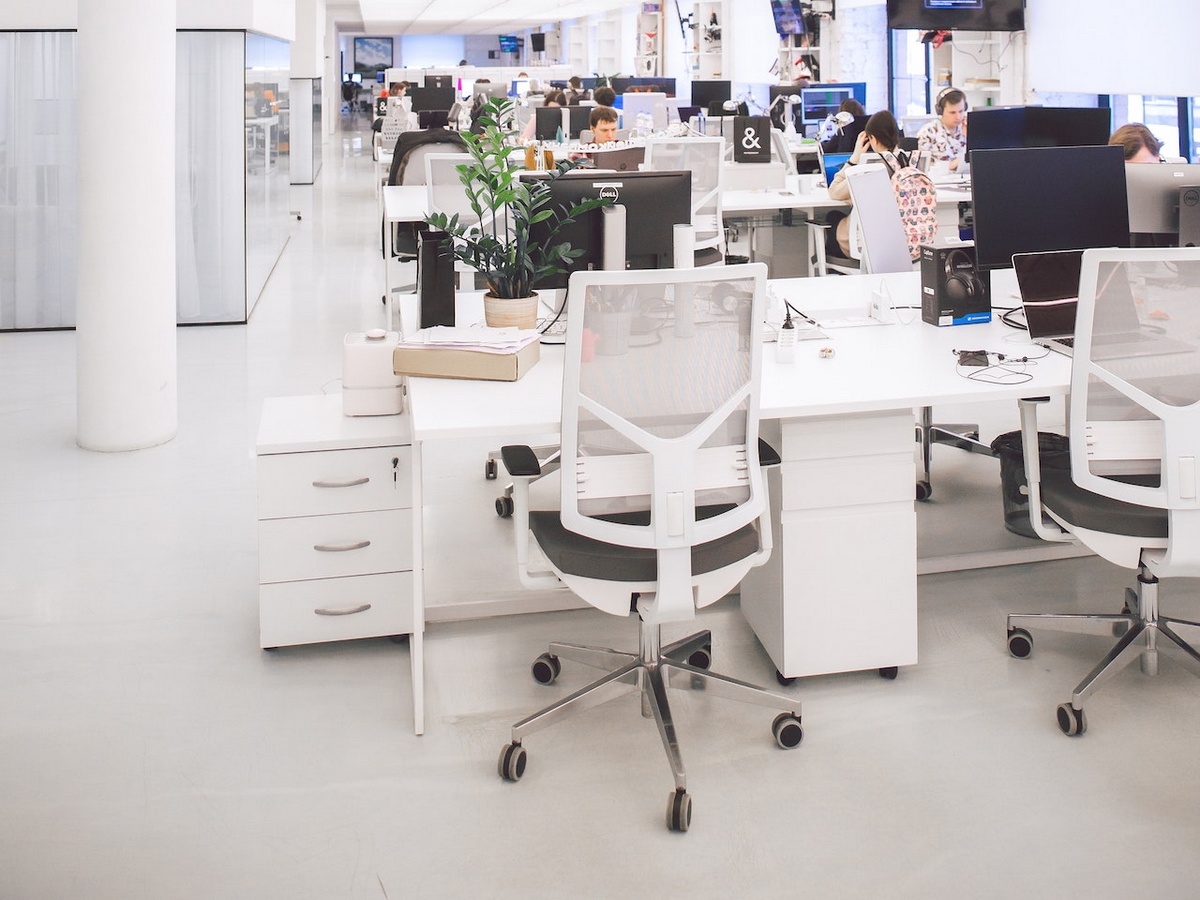
Using concrete flooring in LEED and energy-efficient building design offers various advantages, such as improved energy efficiency, reduced maintenance and operational costs, and enhanced indoor air quality and occupant comfort.
Improved Energy Efficiency
Concrete flooring can significantly improve energy efficiency in buildings through its thermal mass and ability to absorb, store, and release heat. Concrete floors take longer to heat up or cool down than other materials, making them ideal for passive solar heating and cooling systems.
This feature reduces the need for mechanical heating and cooling systems, resulting in substantial energy savings. Concrete’s low albedo reflects less sunlight, reducing heat gain during hot weather.
According to studies by the Portland Cement Association (PCA), replacing carpeting with polished concrete floors could reduce annual maintenance costs by 60%, making it more sustainable than traditional flooring alternatives.
Furthermore, concrete’s durability ensures frequent replacements are unnecessary compared to other options, such as carpeting or wood products that require regular replacement due to wear and tear.
Reduced Maintenance And Operational Costs
Concrete flooring is an excellent choice for those looking to reduce their maintenance and operational costs. Concrete is a durable material that can withstand high traffic and heavy machinery, making it ideal for industrial spaces.
Its low-maintenance nature means fewer repairs or replacements, saving businesses time and money. In addition, concrete floors are resistant to water damage, mold growth, and other common issues plaguing traditional flooring options like carpet or wood.
Enhanced Indoor Air Quality And Occupant Comfort
Concrete flooring is an excellent choice for indoor air quality and occupant comfort. Unlike other flooring options, it doesn’t emit harmful chemicals, making it low-emitting.
Moreover, concrete can be polished or coated to provide a smooth surface that is easy to clean and maintain.
In terms of occupant comfort, concrete floors with radiant heating systems are very efficient and effective in providing warmth during winter months while also having cooling effects in summer months.
The thermal insulation properties of concrete prevent heat loss through the floor, making it energy-efficient and cost-effective in the long run.
Conclusion
In conclusion, concrete flooring plays a significant role in achieving LEED certification and energy-efficient building design. Its versatile characteristics make it a sustainable choice for construction projects while contributing to the overall sustainability goals of any project.
Its thermal mass, low albedo, recyclability, local availability, and VOC-free nature, helps reduce environmental impacts in indoor and outdoor environments.
By contributing directly to LEED ratings through categories like site redevelopment and optimized energy performance, using concrete flooring can help improve the environment’s indoor air quality and occupant comfort while reducing maintenance costs.


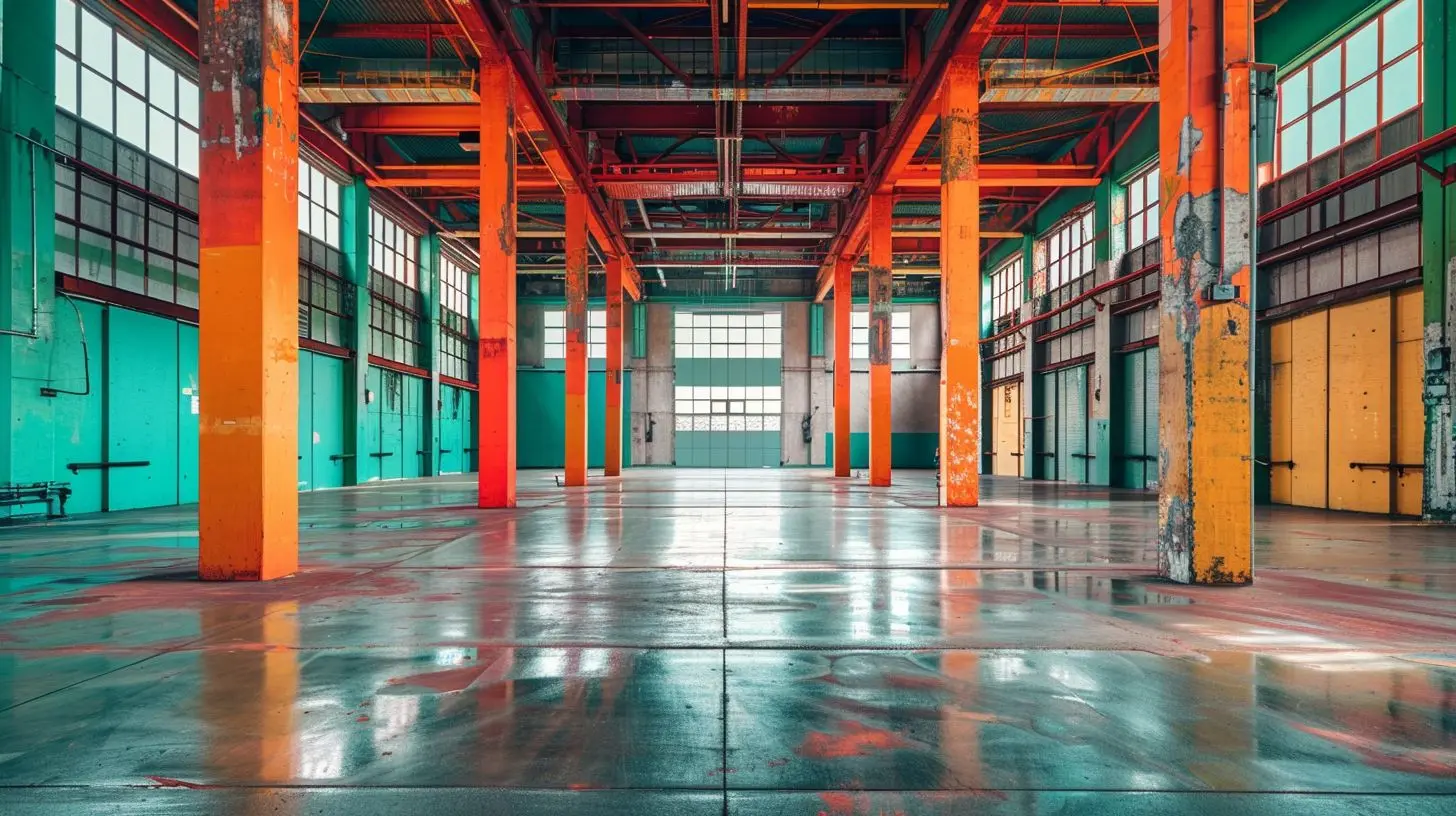
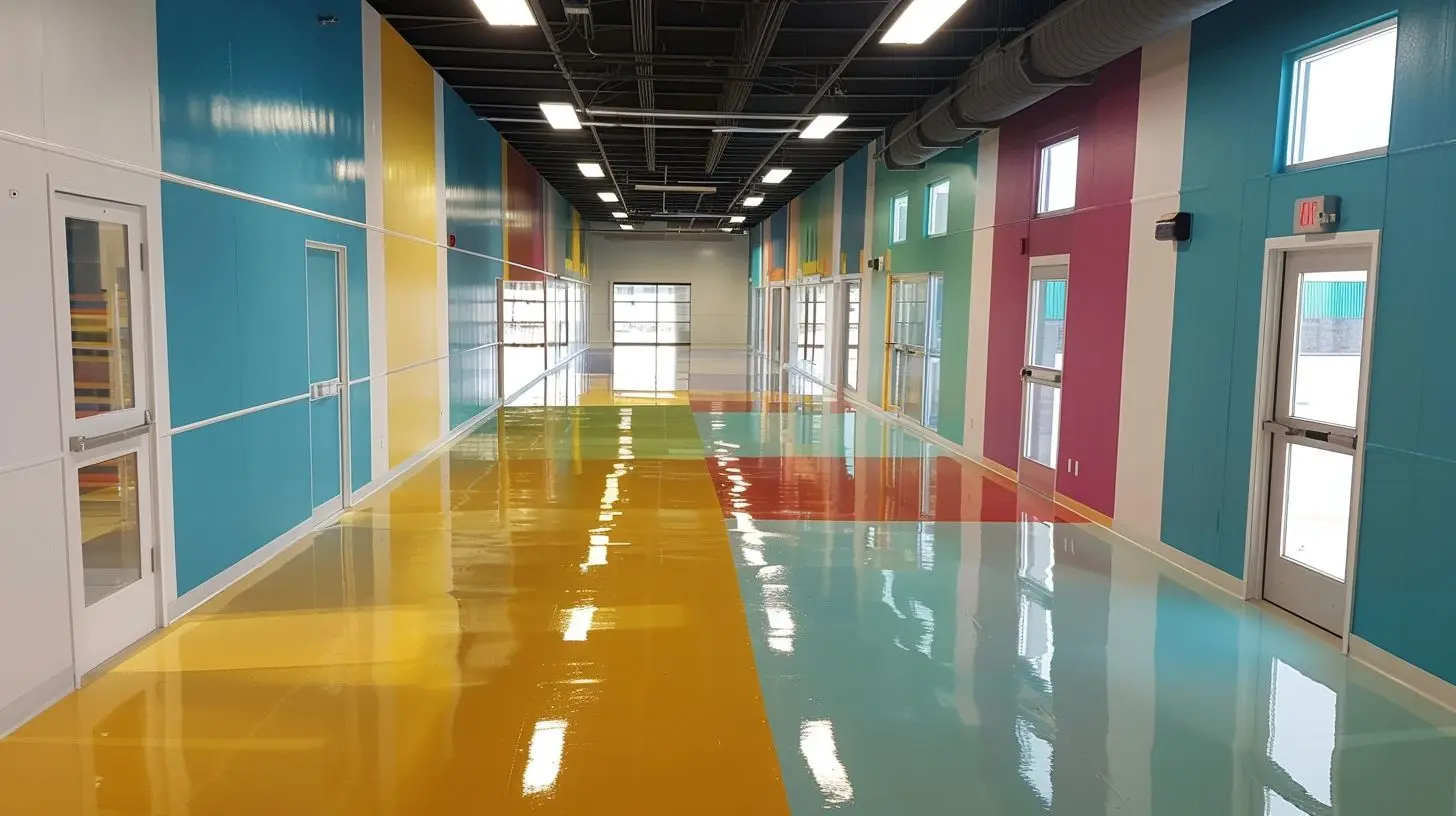

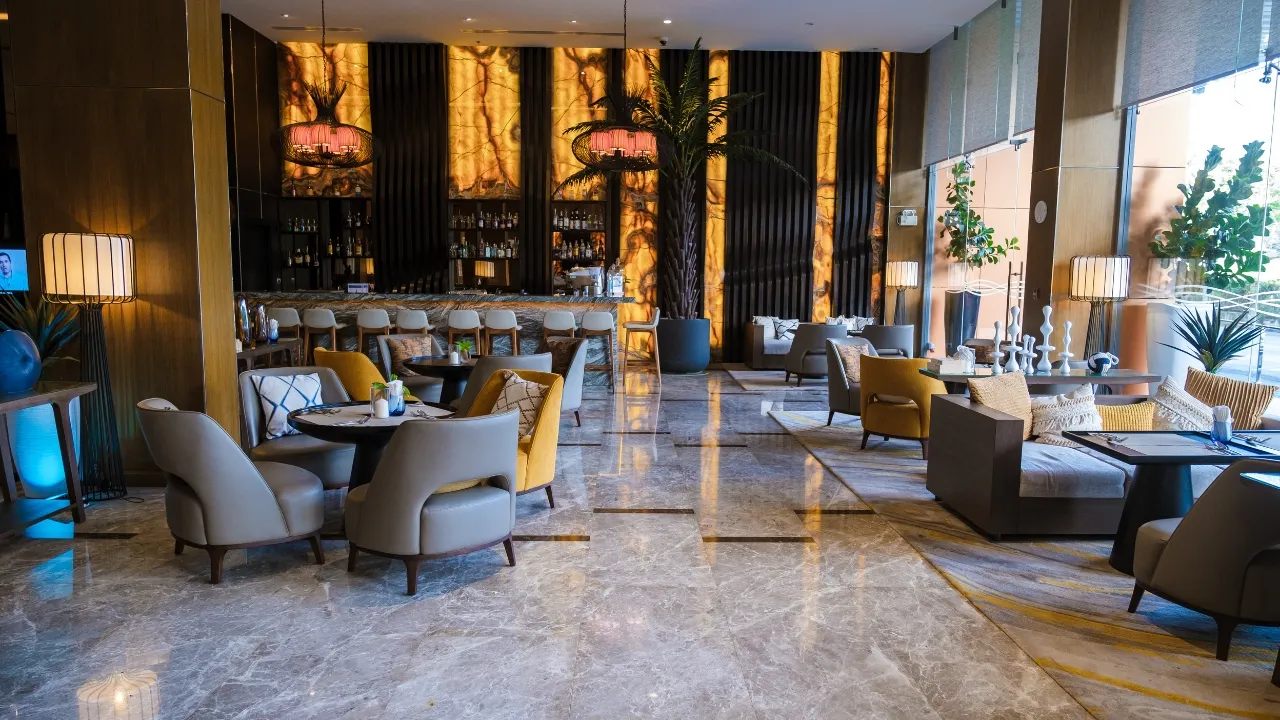
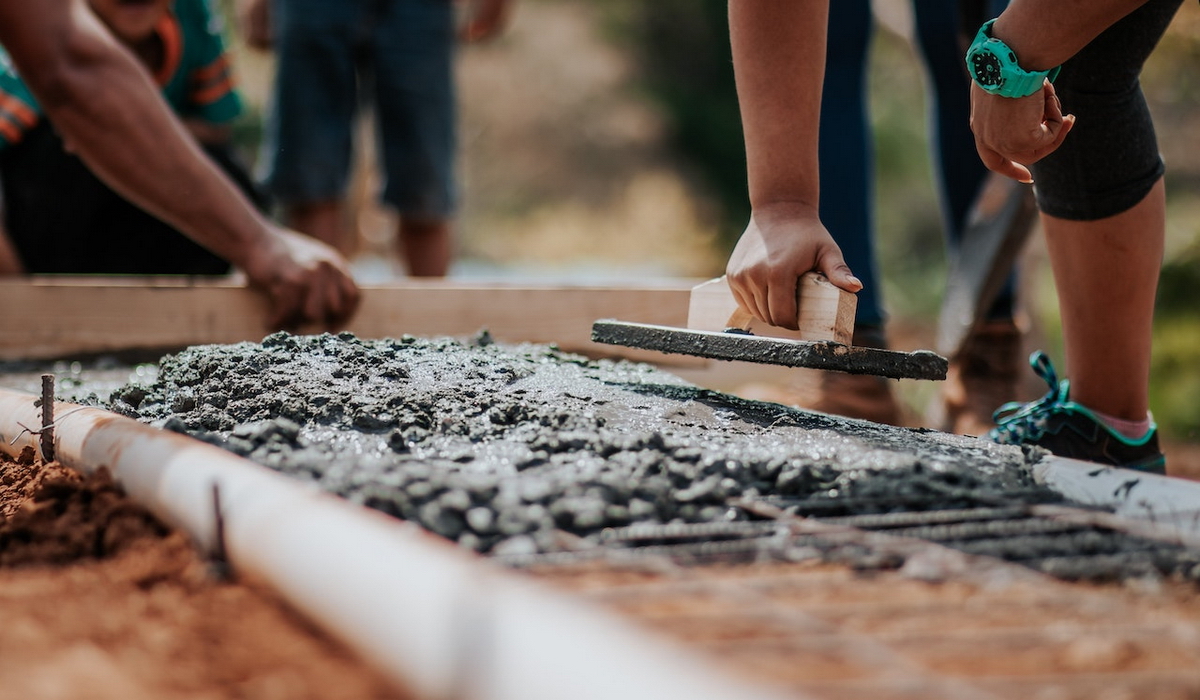
Leave A Comment